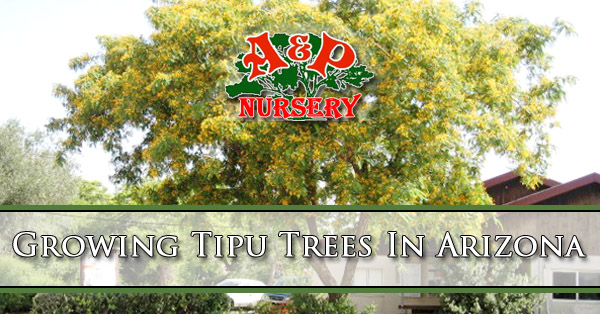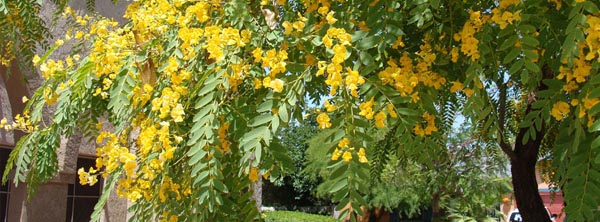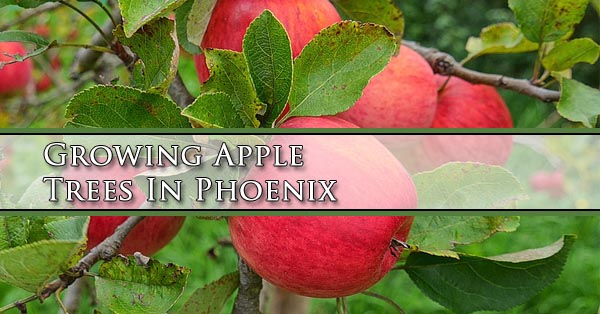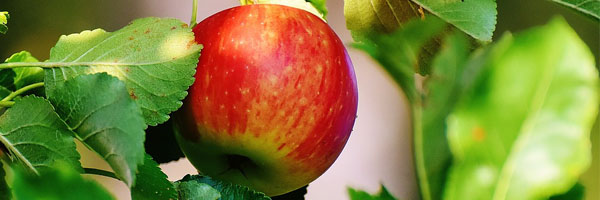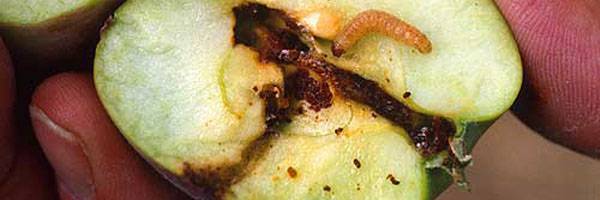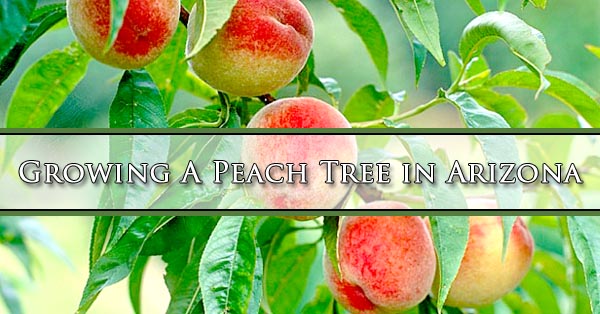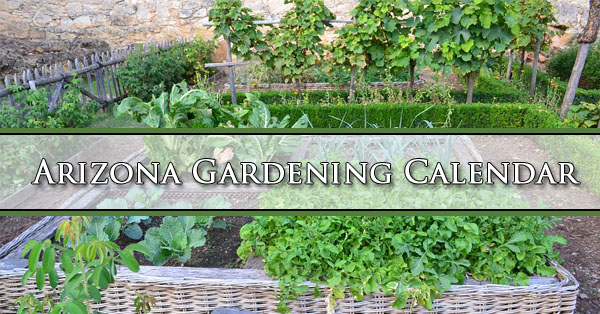
If you love apricots and gardening then you should have an apricot tree in your garden. Growing Apricot trees in Arizona differs from other places in the country. It is hotter and more dry in Arizona, especially in the South. While Apricot trees do prefer the cooler temperatures of the north, we can still get them to grow well in the south.
Topics Covered In On This Page:
- Apricot Tree Propagation
- Planting Apricot Trees
- Growing Apricot Trees
- Pest & Insect Control
- Apricot Tree Pruning
- Apricot Trees For Sale
Apricot Tree Propagation

All Apricot trees are grown from the stone in the fruit, which is the seed. It takes 3 or 4 years for the stone to develop into a fruit bearing tree. This is why most gardeners choose to buy their apricot trees from a local nursery. These trees can be transplanted into your backyard and start producing fruit a whole lot faster than starting with a seed. The trees nurseries stock are usually already a couple of years old. This cuts out a lot of the wait time for you’re to get fruit from your new tree. That being said it will still be a couple years before you can expect fruit from your apricot tree.
Planting Apricot Trees

While most places in the country recommend full sun for the apricot tree, Arizona gets more sun than most. This means that partial shade is not a bad idea for your tree. Choose a location that isn’t too close to the house or power lines that gets good sun.
Get your shovel and dig a deep hole in your chosen location. Make it deep enough to place some decomposed compost, if you have some. Blend the compost with your regular garden soil. If you bought a tree in a peat pot you don’t have to take it out, but you can slit the sides. This will make it easier for the roots to get out and for the tree to get established. If your apricot tree came in a burlap bag take the bag off and gently spread the roots in the hole you dug.
Replace the dirt that you dug out so that the tree is covered to the same depth it was when it was sold. You want to test how deep the hole you dug will be with the compost so when you place your tree in the hole that you have the mark where the bag or soil was in the peat pot is at the same level with the garden soil. Once the tree is at the right level and the soil is back make sure to give the soil a good soak with your hose.
Growing Apricot Trees

Vigorous growth is common after planting the apricot tree in the first year. It is recommended to stake the tree for support in the first year of growth. Without the support strong winds can push and warp your tree. This can make your apricot tree grow at an angle instead of straight up. Excessive winds and not stakes can even mean that your tree is uprooted and damaged.
Fertilizing the apricot tree should happen during late winter and early spring. Another round of fertilizer when the tree is producing fruit will help produce more and better fruit. Many gardeners choose fruit tree fertilizer spikes as a way to encourage good growth. These spikes are driven into the soil and slowly release the fertilizer that is specifically engineered to fruit trees.
Pest & Insect Control

Like most fruit trees insects and pests can be a nuisance. Every spring before the buds open up it is a good idea to apply a dormant oil fruit tree spray. To protect your fruit it is very important to use both a spray against plant disease and insecticides. Safety comes first when using these products and proper clothing, eye protection, and face masks should be used. Follow manufacturer’s recommendations for using these products for correct mixing. If your apricot tree is suffering from birds pecking your fruit you can get netting that will keep the birds away from the fruit.
Apricot Tree Pruning

If your goal is to produce fruit from your tree, which would be the point, make sure you don’t over prune. Apricots grow from 2nd year growth and you need to make sure you leave it in the right places. Lightly pruning in the early years will help you get more fruit out of your apricot tree earlier.
Effective pruning helps all plants grow better and produce more fruit. The best time to prune your apricot tree is when it is coldest, during the winter time. You want to make sure you get it done before the new year’s growth starts to pop out.
Apricot Trees For Sale

If you are ready to plant an apricot tree in Arizona A&P Nursery has 4 locations in the East Phoenix Valley to help you get your project started. We have the tools, fertilizers, trees, and even have services to get the tree planted for you. No matter how you want to get started we have the advice and services to fit your needs. Call or stop by one of our 4 locations.
A & P Nursery
40370 N. Gantzel Rd.
Queen Creek, AZ 85240
480-655-5789
A & P Nursery
2645 W. Baseline Rd.
Mesa, Arizona 85202
480-839-5362
A & P Nursery
6129 E. Brown Rd.
Mesa, Arizona 85205
480-396-8800
A & P Nursery &
Lawnmower Shop
2601 E. Baseline Rd.
Gilbert, Arizona 85234
480-892-7939

 These smaller plants start life and grow in containers and continue to grow in progressively larger containers. Some container plants are pretty expensive as there is cost involved in investing in larger and larger containers as the plants grow through the years of maturing. A good example of this is the dwarf conifer, they are notoriously slow to grow. It takes several years for them to grow big enough to be sold.
These smaller plants start life and grow in containers and continue to grow in progressively larger containers. Some container plants are pretty expensive as there is cost involved in investing in larger and larger containers as the plants grow through the years of maturing. A good example of this is the dwarf conifer, they are notoriously slow to grow. It takes several years for them to grow big enough to be sold. During the cooler parts of the year nurseries offer bare-root plants, such as roses or lilacs. This is the time of year where they won’t begin to grow before being planted. Some nurseries keep bare-root plants in suspended animation by keeping them in cold storage. Being able to purchase your bare-root plants at your local nursery does help avoid fungal diseases that can cripple your plants.
During the cooler parts of the year nurseries offer bare-root plants, such as roses or lilacs. This is the time of year where they won’t begin to grow before being planted. Some nurseries keep bare-root plants in suspended animation by keeping them in cold storage. Being able to purchase your bare-root plants at your local nursery does help avoid fungal diseases that can cripple your plants. Nurseries typically grow shrubs and trees in fields where the plants are able to grow to larger sizes and are easier to maintain. The stock grown in the field needs to be dug up in winter and early spring while the plants are dormant. After they are dug up the larger plants get the roots wrapped in burlap and twine. The largest trees many times also end up having metal cages used. Large trees that are for sale at nurseries lose a portion of their roots when dug up and package, but this is the only way to get a larger specimen.
Nurseries typically grow shrubs and trees in fields where the plants are able to grow to larger sizes and are easier to maintain. The stock grown in the field needs to be dug up in winter and early spring while the plants are dormant. After they are dug up the larger plants get the roots wrapped in burlap and twine. The largest trees many times also end up having metal cages used. Large trees that are for sale at nurseries lose a portion of their roots when dug up and package, but this is the only way to get a larger specimen.
 Vertical pallet planters are great for smaller patio areas. They provide enough space for the soil to sit securely between the slats and don’t take up much room on your patio. Having a place to grow flowers or decorative plants while living in apartments, makes for a nice touch of life, green, and color when your plants are growing or in bloom.
Vertical pallet planters are great for smaller patio areas. They provide enough space for the soil to sit securely between the slats and don’t take up much room on your patio. Having a place to grow flowers or decorative plants while living in apartments, makes for a nice touch of life, green, and color when your plants are growing or in bloom. Horizontal pallet planters are designed to be similar to a raised garden bed. They are covered on the bottom and sides to hold the soil inside and allow plants to grow through the gaps in the wood, or slats. This can be a great option for people who want to be able to move their garden.
Horizontal pallet planters are designed to be similar to a raised garden bed. They are covered on the bottom and sides to hold the soil inside and allow plants to grow through the gaps in the wood, or slats. This can be a great option for people who want to be able to move their garden.







